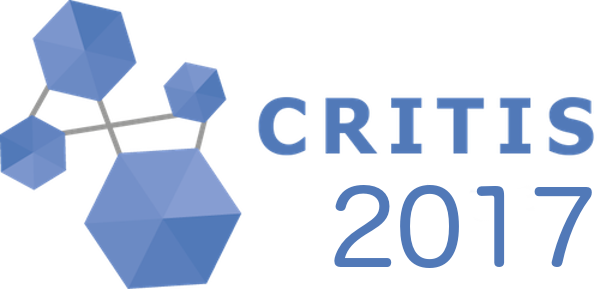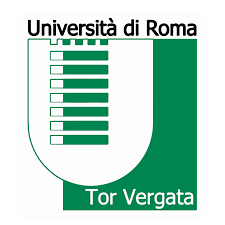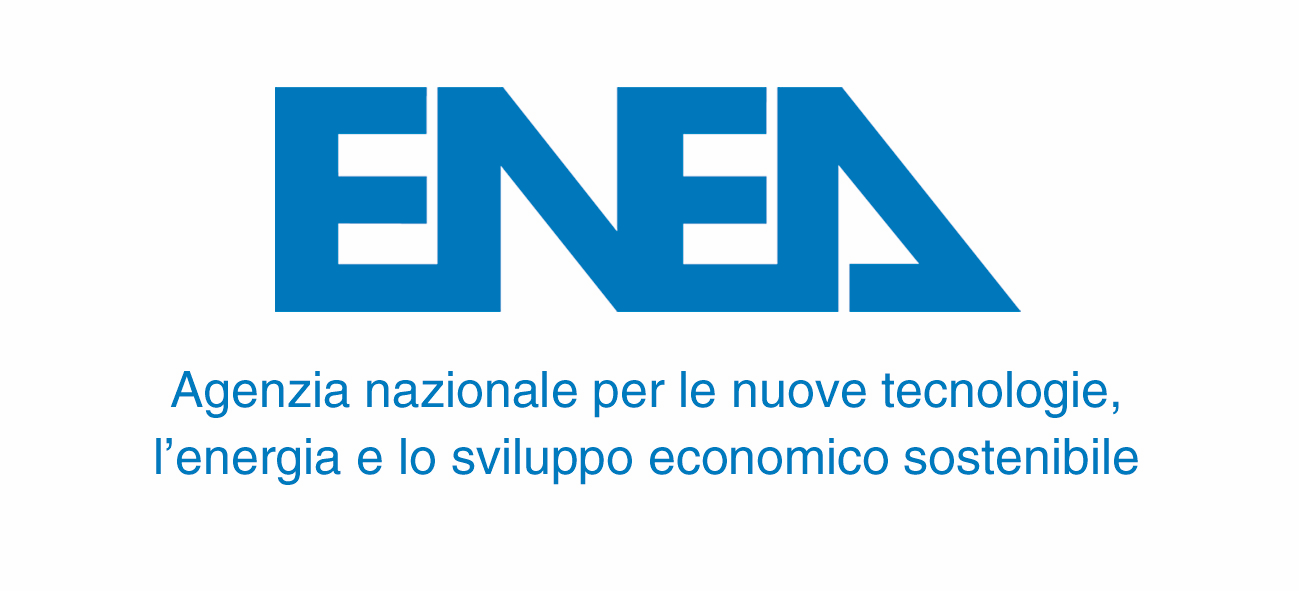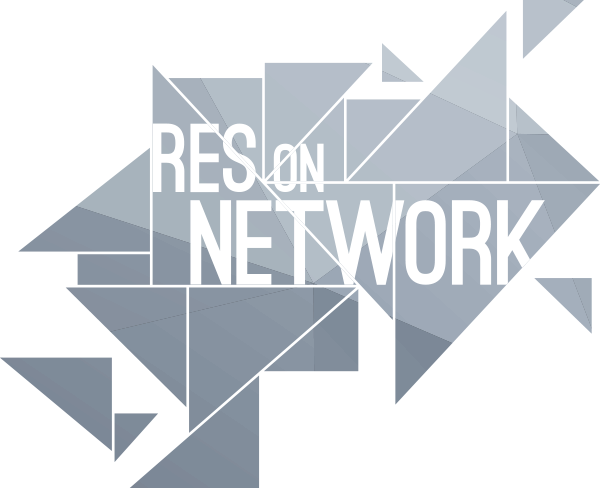Models and Methods
Critical infrastructures are very complex entities in themselves. Moreover, due to their strong interdependency they can not be studied standalone, but require a system of systems approach. Modeling is the art of conceptualizing complex systems at the simplest level, whilst keeping all relevant features. Depending on data availability, on commitment and on computational resources, different methodologies have been developed to deal with Critical Infrastructures and their interdependencies.
The simplest approaches consist in representing real systems as networks (or network of networks). These approaches may provide evidence of emergent behavior regardless of technological details. On the other side, very accurate models are available to allow effective managing and improvement of single infrastructures. When interdependence is involved, one needs to interlace the different codes and/or models by assessing reciprocal boundary conditions. As an example, this is the case of federation models. However, both for lack of information or for intrinsic limits in code interoperability, federated simulations do not include all required infrastructures. Meta-models (such as Agent models) implement a suitable compromise where, at cost of loss of some details, possibly all features are conceptualized.
Contributions on improving models and methods or proposals of new paradigms and conceptualizations are welcome in this session. Both stochastic and deterministic approaches are appreciated, especially when devoted to measure or improve key performance indices such like resilience, robustness, reliability. We also expect submissions on models, methods and tools that help reducing the risk, mitigating the impact of contingencies or allow to improve the presentation of the results to non technical audience such as decision makers.


















